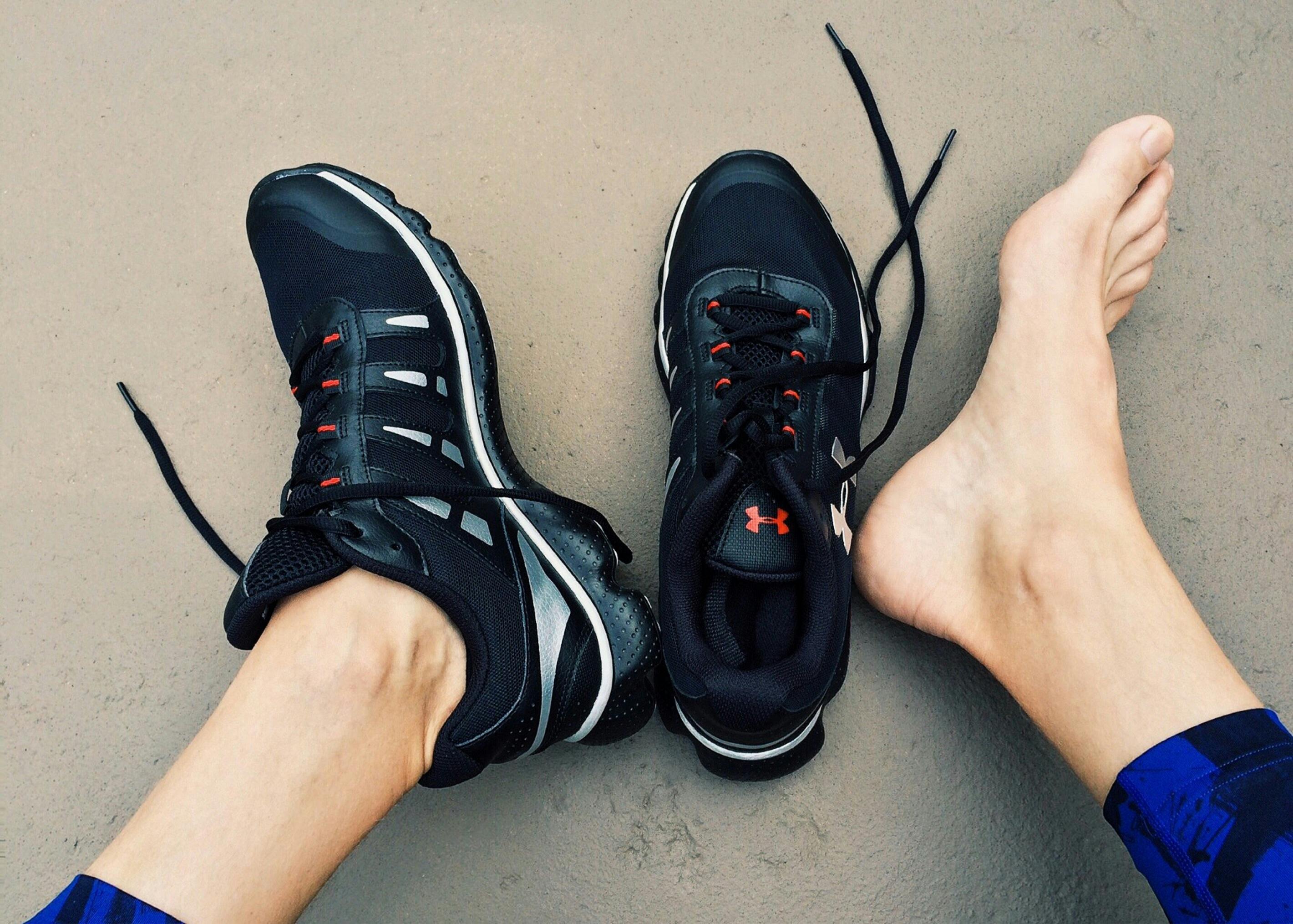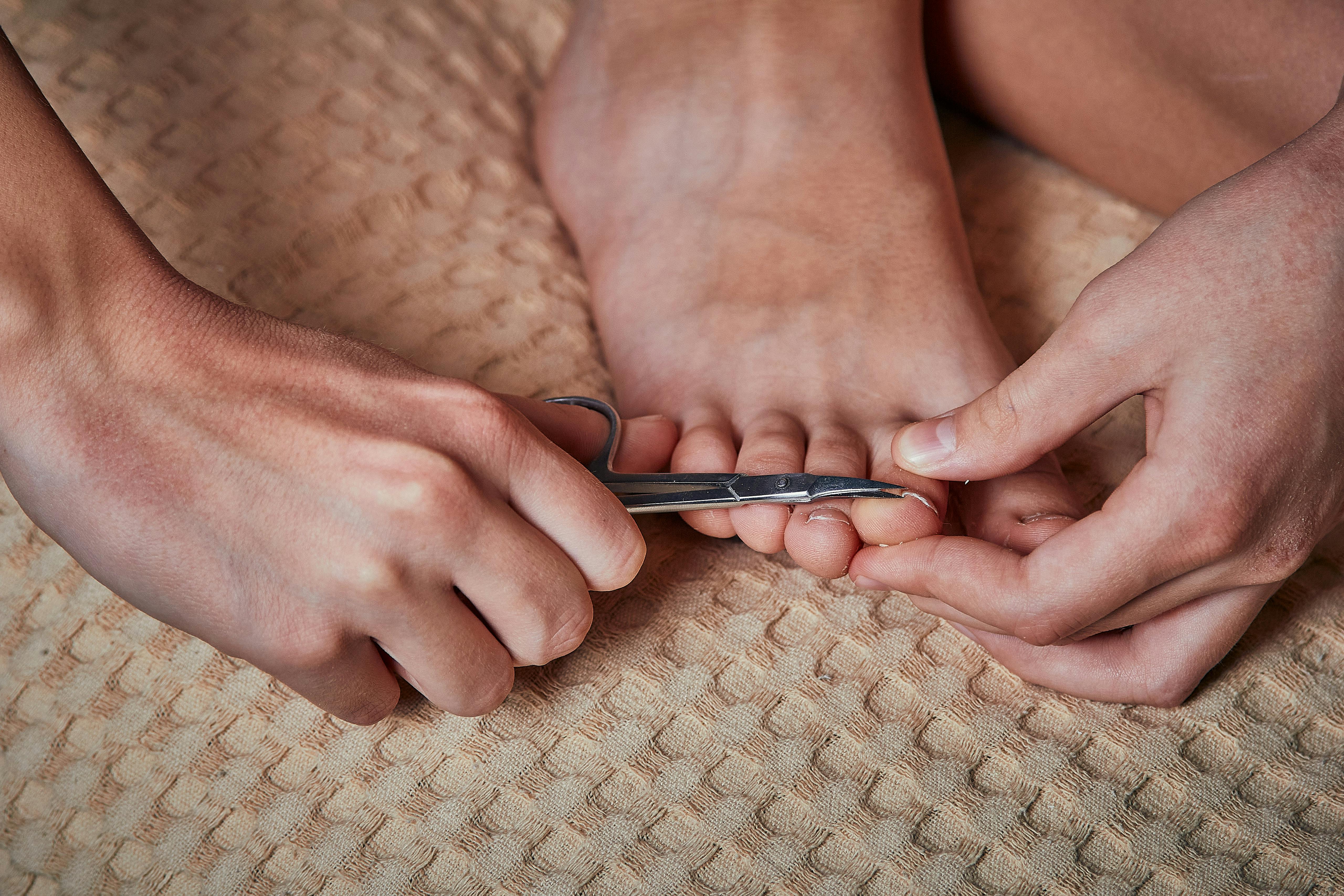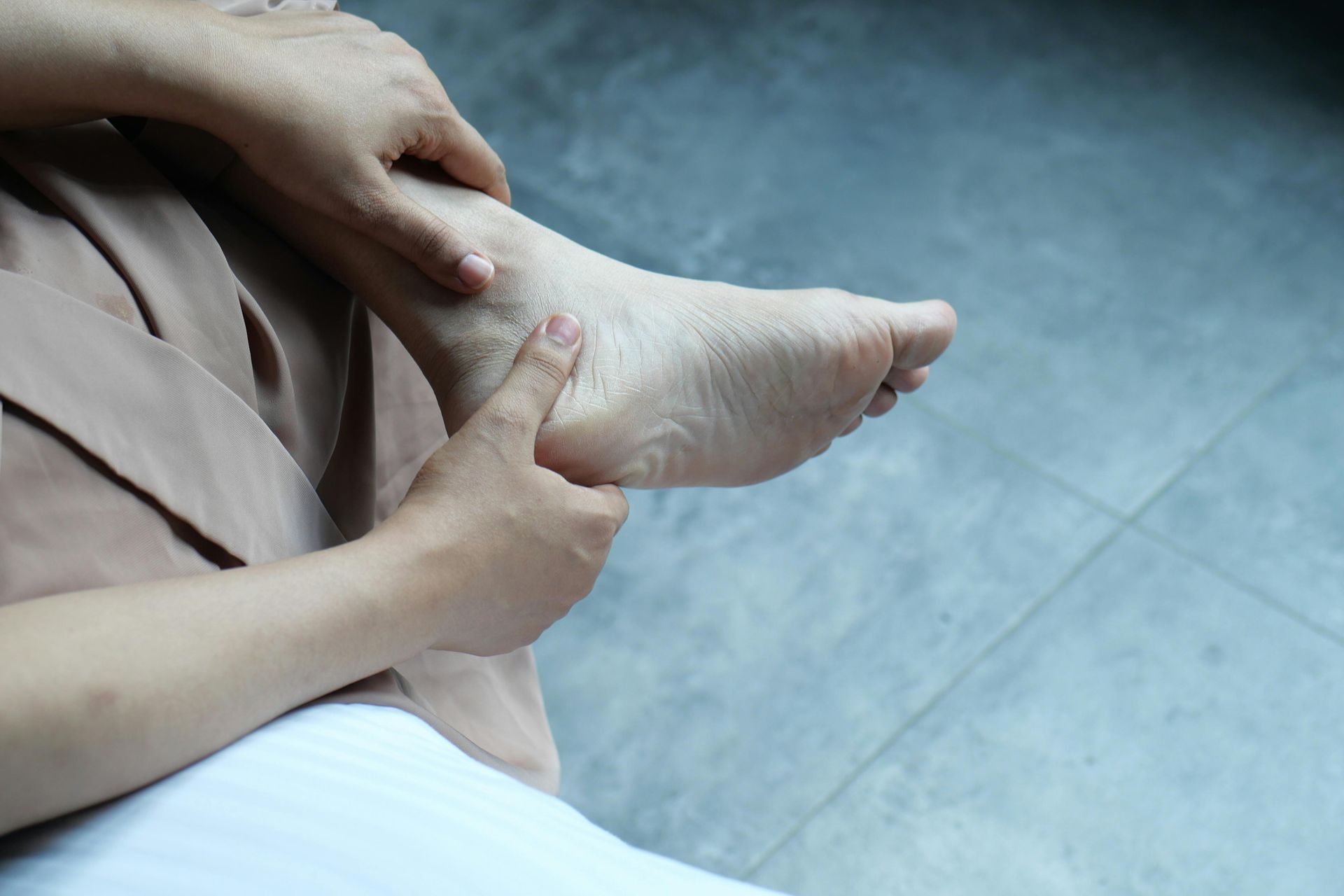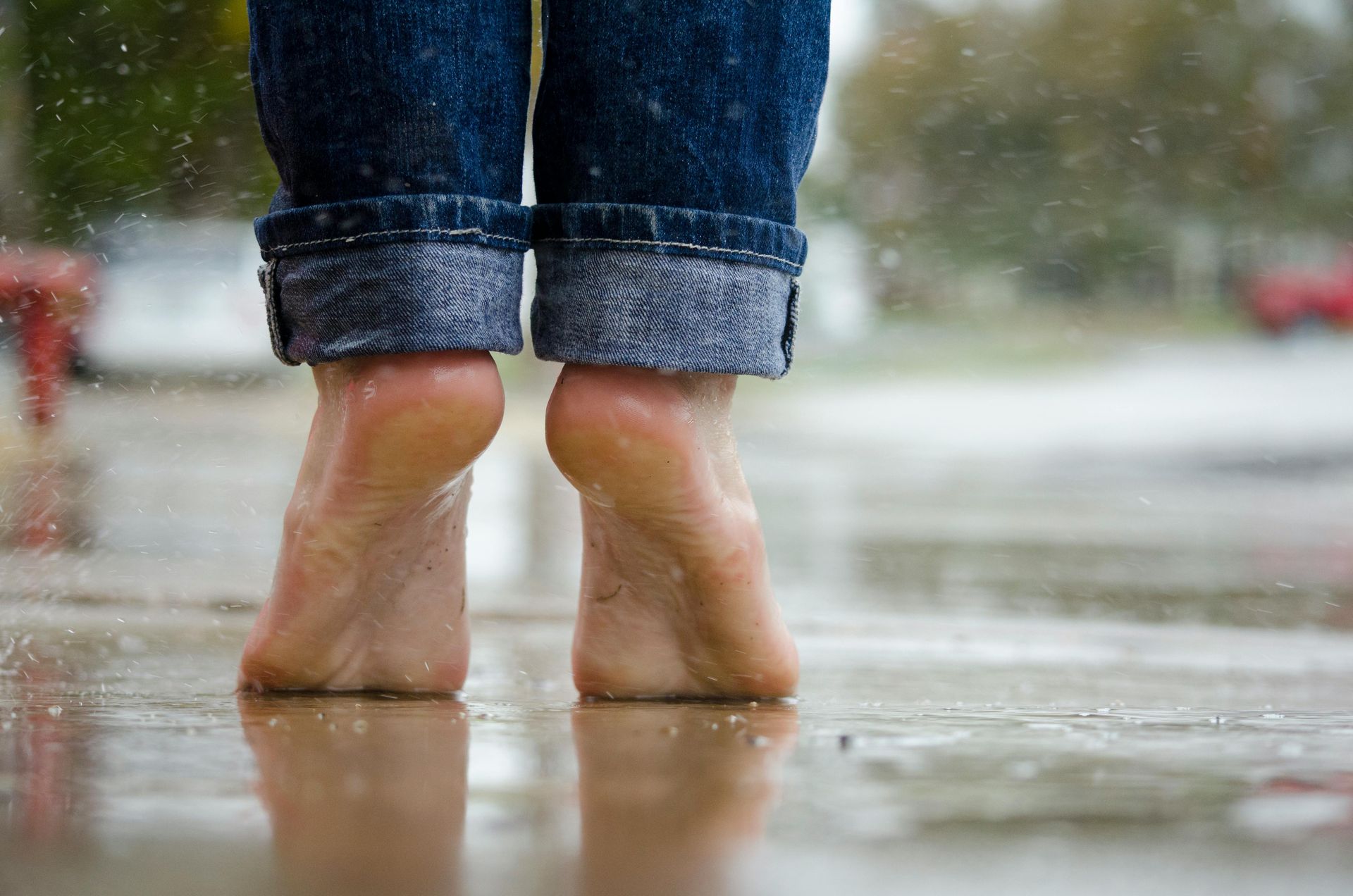UNDERSTANDING PLANTAR FASCIITIS - CAUSES, SYMPTOMS AND TREATMENTS
Foot pain is one of the most common reasons people seek podiatry care, and one of the leading culprits is plantar fasciitis. This condition can make even the simplest activities — like getting out of bed or going for a walk — feel painful and frustrating.
The good news? With the right treatment and early intervention, most people recover well. Here’s what you should know about plantar fasciitis, including its causes, symptoms, and treatment options.
1. What Is Plantar Fasciitis?
The plantar fascia is a thick band of tissue that runs along the bottom of your foot, connecting your heel bone to your toes. It supports the arch of your foot and absorbs shock when you walk.
Plantar fasciitis occurs when this tissue becomes irritated or inflamed, usually due to overuse, strain, or structural issues in the feet.
2. Common Causes and Risk Factors
Several factors can contribute to the development of plantar fasciitis, including:
👟 Overuse — common in runners, walkers, and people on their feet for long hours.
🦶 Foot structure — flat feet, high arches, or abnormal gait can increase strain.
⚖️ Excess weight — adds extra pressure to the plantar fascia.
👞 Poor footwear — unsupportive or worn-out shoes.
📈 Tight calf muscles — reduce flexibility and increase heel tension.
3. Typical Symptoms of Plantar Fasciitis
The hallmark symptom is sharp heel pain, often most noticeable:
When you first get out of bed in the morning.
After long periods of sitting.
After exercise (but not usually during).
Other common symptoms include:
Tenderness at the bottom of the heel.
Stiffness in the arch of the foot.
Pain that eases with movement but may return later in the day.
4. How It’s Diagnosed
A podiatrist can usually diagnose plantar fasciitis through a physical examination and a review of your symptoms. In some cases, imaging may be recommended to rule out other conditions like heel spurs or stress fractures.
5. Treatment Options
Most people with plantar fasciitis improve with conservative care. Common treatments include:
🧊 Rest and ice — reduces inflammation and pain.
🧼 Stretching exercises — especially for the calves and plantar fascia.
👟 Supportive footwear or orthotics — helps offload pressure from the heel.
💊 Anti-inflammatory medication (as advised by your GP or pharmacist).
🩺 Podiatry treatments — such as taping, strapping, or custom insoles.
In persistent cases, other options like shockwave therapy, night splints, or minor procedures may be discussed.
6. Preventing Plantar Fasciitis
Prevention is often about reducing strain on your feet:
Wear supportive shoes — avoid walking barefoot on hard surfaces.
Warm up and stretch before exercise.
Maintain a healthy weight.
Replace worn-out shoes regularly.
Address any foot or gait issues early with a podiatry assessment.
👣 Don’t Let Heel Pain Hold You Back
Plantar fasciitis can be stubborn, but with early treatment and the right support, most people recover fully and return to their normal activities.
If heel pain is affecting your daily life, don’t ignore it — book an appointment with a podiatrist to get a proper diagnosis and a tailored treatment plan.
Recent Posts







